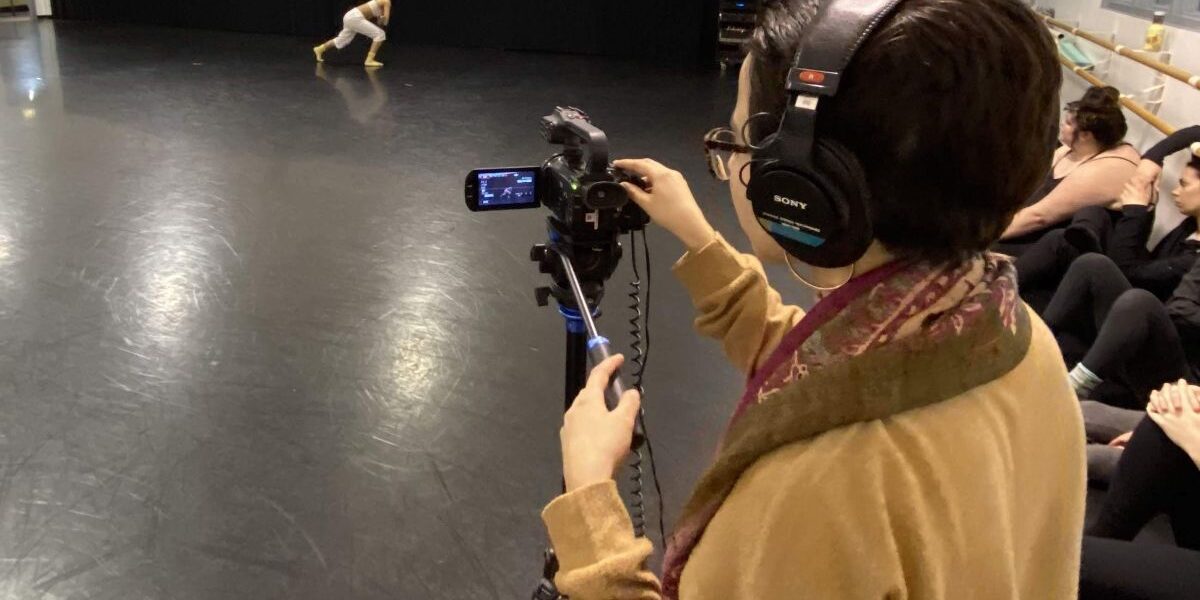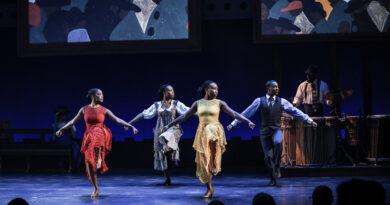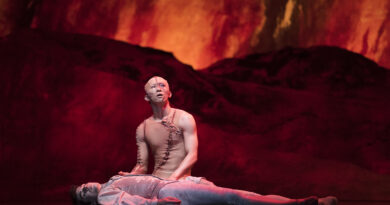Chronicling Chicago Dance
As the effects of the global pandemic have laid economic devastation to so many aspects of American social, economic and culture life, every individual, business, and institution has had to reimagine and reinterpret norms in order to survive. Like other industries that depend upon public attendance and participation, eight months of social distancing, mask mandates, and public gathering limitations have devastated Chicago’s arts venues. Bedrock cultural institutions like the Joffrey Ballet, and Hubbard Street Dance Chicago have all had to shutter their stages as the pandemic has made enclosed, indoor audience participation all but impossible.
As history often reveals, though, times of distress and despair can also serve as periods of growth and awareness to those that are able to effectively reimagine and recalibrate their lives and businesses to unexpected circumstances. One Chicago institution that has been able to adapt is Chicago Dance History Project (CDHP).
Founded in 2015 by Jenai Cutcher, CDHP executive and artistic director, for the purpose of unearthing “lesser-known individuals, organizations, and venues that have anchored Chicago’s strong local dance community,” CDHP has taken the lead in highlighting the great historical tradition of dance in Chicago. CDHP Executive Committee member Susan Manning, professor of English, theater, and performance studies at Northwestern University, believed Chicago’s dance history has historically been insufficiently researched and underappreciated within the genre. CDHP has made it its mission to highlight and record influential Chicago-based dance creatives so fundamental to the historical narrative of dance in America.
In the past five years, CDHP has taken the lead in investigating, documenting and presenting the oral and corporeal histories of theatrical dance here in Chicago. Through the use of video interviews, digital images and scholarly research (including oral histories from living, prominent figures in Chicago dance), CDHP has created a vast platform for documenting and sharing the legacies and works of Chicago dance companies and artists.
With the downturn in business and audience participation brought on by the pandemic, CDHP is uniquely poised to offer local dance companies—as well as other arts entities—an affordable means by which to tell their own stories within the virtual environment, sharing and archiving their devents on video through the launch of the CDHP Production House. The Production House manages the entire recording and historical process from consultation to production to editing, digitizing, distribution, and storage.
“With the current circumstances making it extremely challenging to interact with audiences, students, and supporters live and in person, having access to high-quality video production is more important than ever,” noted Cutcher. “Not only can we work with dance companies to record their activities for historical purposes, but we have expertise in livestreaming, which has become essential for our community and is certain to continue beyond the pandemic. We are pleased to offer this professional service at a reasonable cost alongside our primary activity: documenting and sharing our community’s history.”
The expertise of CDHP staff ensure that Chicago-based dance companies and artists can focus their efforts on creating artistic work rather than the technical aspects of transmitting and documenting the production process and results. And leveraging the CDHP platform offers the added benefit of technical production expertise combined with extensive knowledge of dance as an art form.
What’s more is video streaming also expands the potential audience for a performance or class well beyond those in physical proximity to not only a regional, but a global audience, offering venues and companies access to expanded reach and revenue streams that will live well beyond the return of in-house audiences.
As we enter the ninth month of the pandemic, it appears that the return of packed auditoriums for live staged performances remains months away. Until then, CDHP’s singular mission may very well serve to keep audiences and dance creatives connected in a uniquely personal way that gives deference to the distinct history and voice native to dance in Chicago, and record a pivotal time for both communities in our collective history.
To learn more about CDHP Production House and its mission, visit chicagodancehistory.org.




